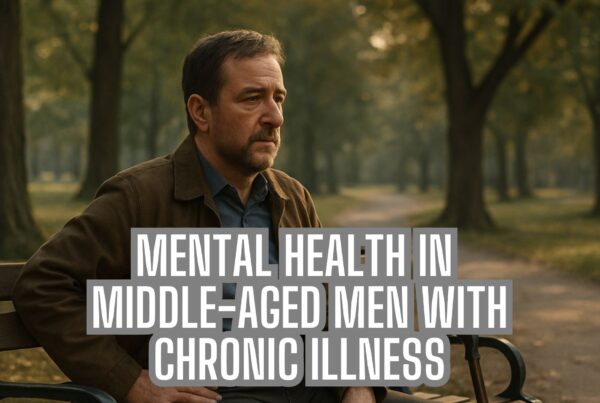Why Virtual Meetings Cause Fatigue
Understanding Virtual Meeting Fatigue
With the global shift to remote work during the COVID-19 pandemic, many of us have found ourselves relying heavily on video conferencing tools like Zoom. And while these tools have been invaluable in keeping us connected, they’ve also introduced a new kind of fatigue. Virtual Meeting Fatigue is becoming a very real thing many people are feeling.
It’s not just about staring at our colleagues’ faces on a screen. It’s about the added mental effort required to engage in a virtual environment. So, what makes these online interactions so tiring compared to their in-person counterparts?
The Challenge of Digital Interactions
When we communicate face-to-face, a lot of the information is conveyed through non-verbal cues. Think about the subtle facial expressions, the tone of voice, or even the distance between speakers. These cues are processed almost automatically when we’re in the same room with someone. But in a virtual setting, our brains have to work overtime to pick up on these signals.
Moreover, the very act of being on camera can be stressful for many. The constant self-awareness, coupled with the pressure to appear engaged, can be mentally taxing. And let’s not forget the occasional tech glitches – is your colleague pausing for thought, or have they frozen?
Missing the Rituals of In-Person Meetings
In the traditional office setting, meetings aren’t just about exchanging information. They serve as rituals, providing comfort and helping to build rapport among team members. The casual chit-chat before a meeting starts, the shared jokes, or even the simple act of walking to a conference room together – all these seemingly insignificant moments play a role in fostering connections.
Online, these rituals are absent. We jump from one call to the next, often without any breaks in between. The lack of physical movement, combined with the absence of those informal interactions, can make virtual meetings feel more transactional and less human.
Zooming In On The Differences
Our cognitive load, or the amount of mental effort required at any given time, is significantly higher during virtual meetings. In face-to-face interactions, our brains process a lot of information unconsciously, especially when it comes to body language. But online, we have to consciously focus on these cues, which can be mentally exhausting.
Then there’s the added stress of managing our digital personas. Who hasn’t worried about their background during a video call or felt the need to tidy up their workspace before turning on the camera? And of course, there’s the ever-present fear of unexpected interruptions – kids, pets, or other household members making an unplanned appearance.
Seeking Balance in a Virtual World
While video conferencing tools are likely here to stay, there are ways to mitigate the fatigue they bring. One approach is to question the necessity of each meeting. Could the same outcome be achieved through an email or a shared document? If a meeting is essential, consider keeping it short or even switching to a voice call, which can be less mentally taxing.
Getting Energy Back from Virtual Meeting Fatigue
Ultimately, as we navigate this new digital landscape, it’s crucial to remember the importance of human connection. Whether it’s scheduling regular breaks during virtual meetings or finding ways to replicate those water-cooler moments online, a little effort can go a long way in making our virtual interactions more meaningful and less exhausting.
Book Your FREE 20 Minute Consultation With Release Hypnosis NOW!
You may also like to read:
Release Making Hypnotherapy Accessible During COVID-19
The Top 3 Limiting Beliefs That Hypnotherapists Have Around Technology
Isn’t It Time To Tell That Smoking Habit To Butt Out Of Your Life?
How To Get The Best From Your Online Hypnotherapy Session








